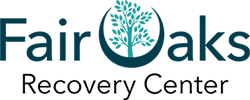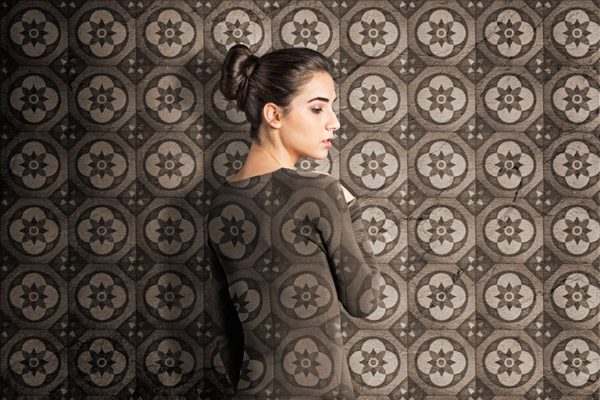Before a person suffering from addiction is able to acknowledge the problem and get help, they will likely try to conceal the extent of their drug or alcohol abuse by hiding their substance use. Loved ones who don’t know the indicators of substance abuse may not realize the full scope of the issue or that there even is an issue at all.
Warning Signs
The signs that a person is struggling with substance abuse can vary, depending on what they are using. According to an article by Psychology Today, hidden alcohol or drug use could offer the following red flags:
- Memory issues – minor or complete blackouts
- Sleeping significantly more or less
- Irritability, anger, frustration, poor decision-making
- Inability to focus – seeming spaced out and making lots of mistakes
- Drastic change in eating habits or weight
- Becoming more socially distant and isolated in many areas of life
- Being less reliable – missing work, not fulfilling deadlines
- Financial issues – due to spending more on alcohol or drugs, the person may struggle to pay their bills
- Sudden change in friend group – no longer speaking to old friends and only associating with other people who are using
- Paranoia
Some drugs also have specific, unique warning signs:
- Alcohol – slurred speech, yellow skin and/or eyes
- Stimulants – sores on the skin, very high energy levels possibly followed by a crash
- Narcotics – constipation, excess sleepiness
Concealing Behaviors
People can try hiding their substance use in a variety of ways:
- Avoiding social situations.
- Using when alone or when no one can see.
- Presenting the substance as something else.
- What appears to be a non-alcoholic beverage, like bottled water or a soft drink, could be partially or entirely alcohol.
- Alcohol may be mixed into cough medicines.
- Mouthwash replaced with alcohol and food coloring still looks and smells like mouthwash.
- Marijuana can be vaped without giving off any scent, so it may appear that the person is ingesting nicotine.
Hiding Places
The internet has numerous websites that tell people how to hide their stash of drugs and alcohol. If you think your loved one is struggling with addiction, educate yourself about the most current ways drugs are being hidden. Some common locations to hide drugs and alcohol include:
- Under clean or dirty clothes – Alcohol, drugs, and paraphernalia hidden under a pile of clothing looks like a pile of laundry, and the odds are pretty low of someone digging through it.
- In a toilet tank – How often do most people open the water tank behind a toilet? A bottle of alcohol hidden there could go undetected indefinitely, allowing not only for a convenient hiding place, but also a secret drinking location.
- Above ceiling tiles – Another spot no one would ever think to check, this is a place that is unlikely to be disturbed or noticed.
- Inside/behind books – Book pages can be carved out to conceal things of various sizes.
- Drug safes – Many ordinary items can be transformed to provide hidden compartments for drugs, such as cleaning product containers, shaving cream cans, soft drink containers, backpacks, flashlights, a box of tampons, a chapstick tube, etc.
The Power of Denial
One powerful tool people use to conceal their substance abuse is the denial of the people around them. No one wants to believe that their neighbor, co-worker, friend, spouse, or child is struggling with addiction, so they will often look past the signs. The sooner that someone who cares can recognize the dangerous situation, the sooner that the person who is abusing alcohol or other drugs can get help.
If you are concerned that someone you love might be hiding substance use or addiction, Fair Oaks Recovery Center is able to provide customized support to address their unique needs.



